How to get rid of powdery mildew on cucumbers
Powdery mildew is one of the most common fungal diseases that leads to the death of cucumber plantings. There are various measures to combat this lesion, but they are not perfect; they are reduced to removing diseased parts or plants and treating them with fungicides. The key to the health of cucumbers is constant preventive measures.
How it manifests itself and how it works
The defeat of the fungus is detected long before the wilting of cucumbers - it is enough to selectively inspect the foliage of the plants in each garden bed. The main symptom of the disease is whitish spots on the outer surface of the leaf.
Important! It is necessary to catch exactly that moment while the plants are still able to fight the damage and can recover.
The lesion develops rapidly and within a week, local marks become extensive, cover the foliage of cucumbers with a bloom, similar to a lime solution with a cobweb. At the last stage, necrosis appears, the color of the leaves changes to yellow, they fall off, the plant dies.
When affected by powdery mildew, photosynthesis is disturbed in the ground part of the cucumbers. As a result, the plants literally suffocate. are unable to maintain the required number of chloroplasts in cells.
How cucumbers become infected with powdery mildew
Since powdery mildew is a fungal infection, greenhouse conditions are almost ideal for it. In open ground, powdery mildew does not spread so actively, dense plantings are more susceptible to damage during periods of dry and warm weather after heavy rains.
Provoking factors:
- temperature + 20 ° С;
- consistently high moisture content in the air (60% and more);
- a large amount of nitrogen fertilizers;
- absence of heavy rains with high humidity conditions;
- damage by pests (spider mite, slugs, thrips, bear) - on weakened plants, the fungus begins to parasitize almost instantly.
In the presence of all the above circumstances, the dispersal of powdery mildew takes on the character of an epidemic.
Fungus viability
Kleitotsii - spore-bearing fruiting bodies of fungi, with the help of which the sexual reproduction of powdery mildew occurs - can winter and persist for a long time in fallen leaves, ground, on infected seeds. Under favorable conditions, the viability of the fungus does not suffer for 5-7 years. After wintering, spores become active at temperatures from + 5 ° C.
How is it transferred
Infection usually occurs through water and soil. Also, powdery mildew on cucumbers is often transferred from one plant to another through a contaminated tool that has not been disinfected. Sowing materials and weeds that are susceptible to disease can also be a source of infection.
How favorable is the prognosis of treatment
To save plantings and crops, it is important to distinguish between fungal infections. Powdery mildew produces white spots on the top of the leaf. If marks appear on the underside, this is another, more dangerous fungus, downy mildew.
Having noticed the first spots on the cucumbers, they can still be saved - if it is powdery mildew. If this is her false counterpart, the treatment is practically useless - all that remains is to destroy all infected plants.
What fungicides exist against powdery mildew on cucumbers
In the first 5 days after the onset of powdery mildew symptoms, there is still a chance to heal the plants completely.It is necessary to completely stop watering and feeding, as well as to use fungicides against powdery mildew - organic or inorganic.
Important! Do not mix organic preparations with each other - this can lead to reactions that will destroy the cucumbers.
Inorganic fungicides with a protective function that have proven themselves well:
- Cumulus,
- Privent,
- Bayleton,
- Cuproxat,
- Karatan EC.
To block the vital activity of the fungus on cucumbers, use:
- Gamair,
- Title CE,
- Fundazol,
- Topsin-M,
- Alirin-B.
For preventive purposes against powdery mildew will be effective:
- Ridomilom Gold,
- Tiovit Jet,
- Oxychom,
- Bordeaux liquid solution.
Advice! Overseas biologists recommend that at the first sign of powdery mildew on cucumbers, immediately pick off all affected leaves, and not use fungicides. The danger of drugs lies in the fact that they can accumulate in fruits, and it is dangerous to eat them.
Folk remedies
For the treatment of cucumbers, not only chemicals are suitable, but also biological products. For this purpose, milk or whey is suitable, which contain proteins that have an antiseptic effect. Better to take a serum, because it is cheaper, but not worse in efficiency than milk.
Advice! Serum shows the greatest efficiency at the stage of prevention, when there is no mass infection.
A solution with milk, whey or yogurt will be even more effective if you complicate it and add 10 ml of greenery and 50 g of urea.
Also, on the basis of whey, a mixture is prepared by introducing, in addition to the main ingredient, 1 liter of milk and 1 tsp. copper sulfate.
The list of folk remedies for powdery mildew on cucumbers also includes the so-called "cocktail" of milk, iodine and laundry soap. For 1 liter of milk, you will need 20 g of shavings of soap, crushed on a coarse grater and 25 drops of an alcohol solution of iodine.
A solution with soda is also prepared with soap. The suspension must be thoroughly mixed so that it is homogeneous. For 1 liter of water, 4 g of soda is enough. This method is cheaper than the previous one, with milk, but the treatments need to be carried out more often - 2 times a day.
Against powdery mildew on cucumbers, a solution of soda ash (concentration - 0.5%) is used in combination with a solution of ammonium nitrate (concentration - 0.4%).
The ash solution is quite suitable for destroying favorable conditions for the vital activity of pathogenic fungi of powdery mildew. The proportional ratio of ash and water is 1: 4.
Before fruiting, cucumbers can be sprayed with solutions of copper oxychloride and polycarbacin. For 10 liters of water - 40 g of the first and 10 g of the second. When harvesting, these preparations cannot be used.
A solution of colloidal sulfur (40 g of substance per 10 l of water) has a sufficiently high efficiency at any stage of infection.
Horsetail decoction is also a powerful natural remedy.
In the open field, the appearance of powdery mildew on cucumbers can be suppressed by white mustard. Mustard crops are capable of disinfecting the soil even after the growing season. For this, the mustard is mowed and dug up.
Important! Not all self-prepared mixtures can be stored for a long time, therefore, solutions are most often diluted immediately before processing cucumbers and stored for no more than 3 days.
Powdery mildew - a dangerous fungal disease that can destroy all cucumbers in the garden. The fight will be effective if you start it in the first five days after the defeat - the first symptoms are whitish spots on the upper side of the leaves. The affected parts are treated with folk or household fungicides. It is impossible to save the plants at a later stage, so you will have to remove all diseased leaves and bushes. Healthy, for preventive purposes, it is worth spraying with antifungal drugs, for example, based on serum.
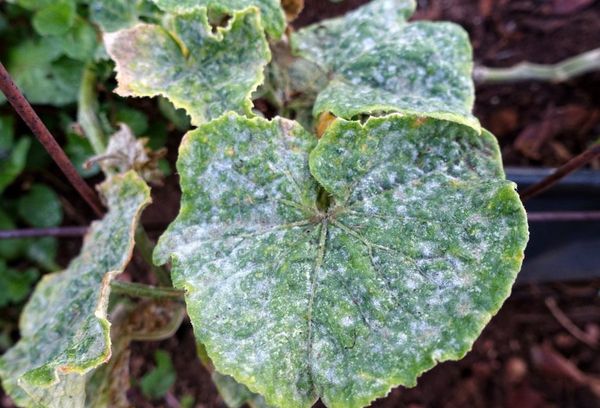
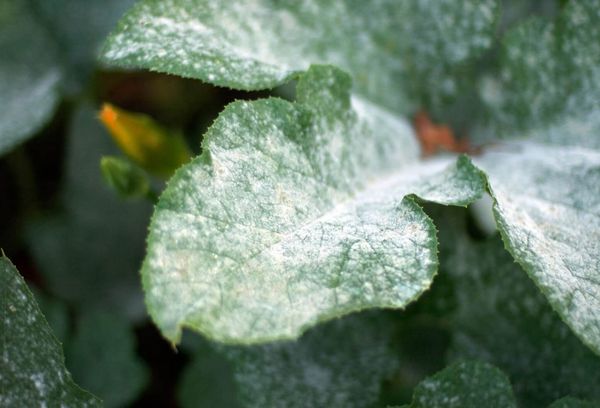
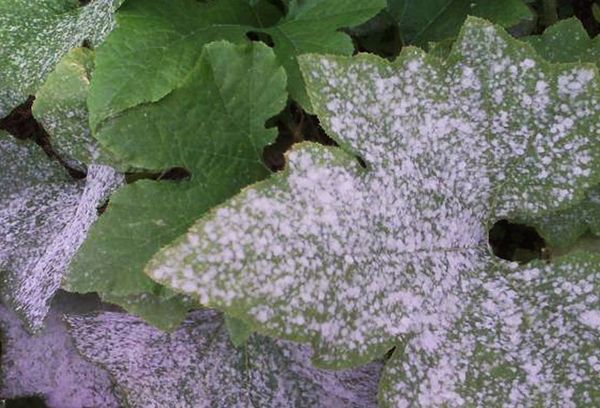
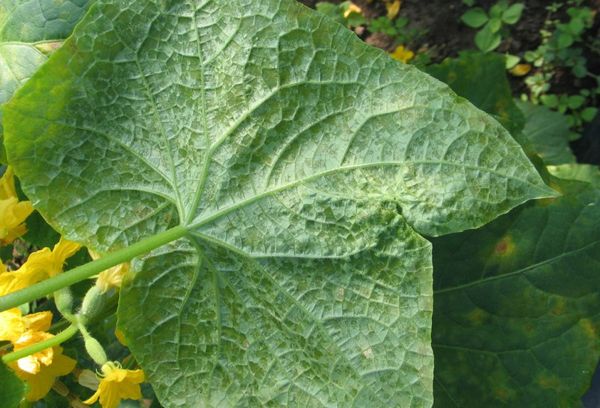
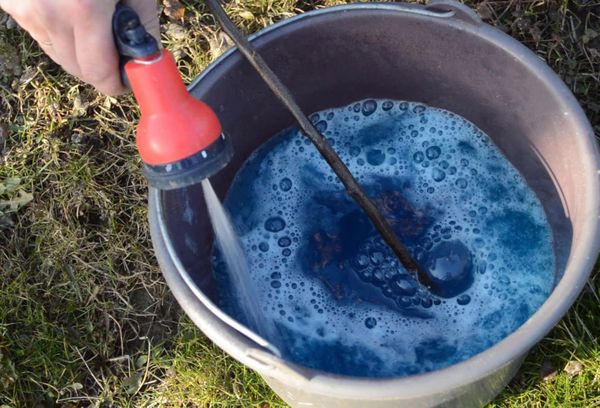
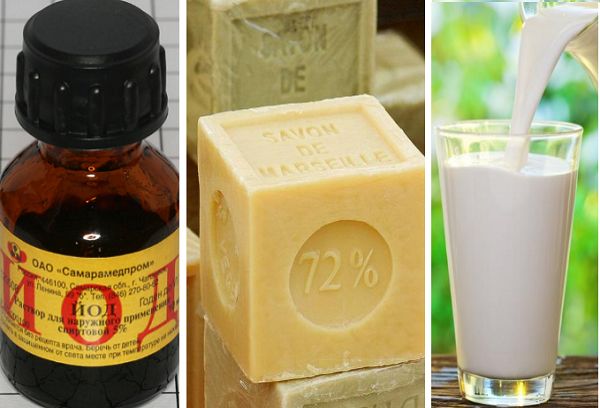

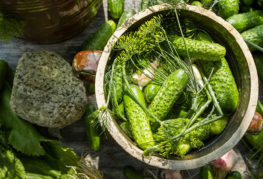
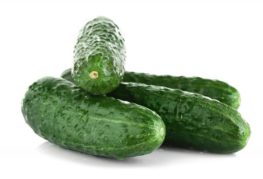
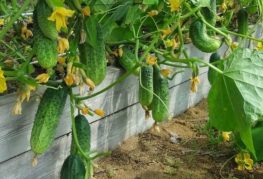


and will be published shortly.